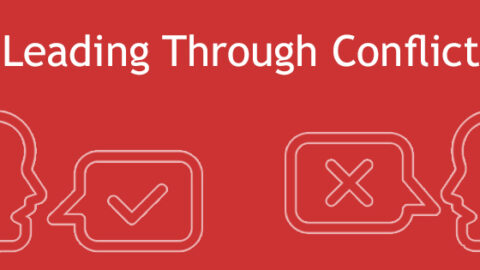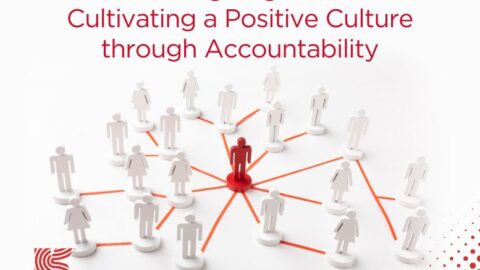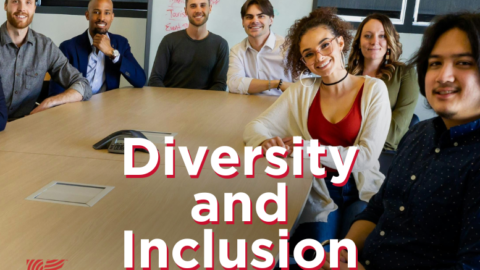An essential part of your role as a leader is to develop your employees, both by coaching to their natural talents, and by providing development opportunities in areas they need to strengthen. Identifying those development areas should be a collaborative process (leader and employee) based on the employee’s career goals, your observations, and the needs of the organization. Effective, interactive feedback is a key component of this process. I’m not talking about the annual performance review that rarely does more than elevate everyone’s stress level. I’m talking about regular, timely feedback that reinforces and acknowledges strengths, and identifies and addresses development areas. Yes, this means more frequent one-on-one conversations with employees; and yes, it involves more time and effort on your part. And…the returns in terms of employee motivation, engagement and retention are so worth it.
What’s your approach to giving feedback? Are you doing it on a regular basis? Here are some best practices to get you started.
1. Give it often. Employees want to know how they’re doing. You may believe “no news is good news” yet your employees may not see it that way. They may interpret your silence as apathy, and begin to wonder, “Why do I even bother?” Take the time to acknowledge, and show appreciation for their efforts. Likewise, if there’s an issue, don’t assume it will resolve itself. Unless you say something they may not realize there’s a problem. Bad performance does not improve with age.
2. Make it timely. This doesn’t mean you have to praise them each time they complete a task. Be sincere! It means saying “thank you” immediately when they’ve made an extra effort, or providing praise shortly after they’ve solved a complex problem or achieved a new skill. It also means giving negative feedback no later than 24 hours after observing the behavior. And be sure the feedback is based on your observation rather than what you’ve heard from others.
3. Be specific. Use the SAR method. Situation. Action. Results. “Thank you, Jane, for stepping in to complete that report while John was out. Without your help we would not have been able to complete the project milestone.” Or, “Bob, I’ve read through your proposal and some of the figures don’t quite add up. Accuracy on these proposals is essential to avoid future issues with the client.” Be sure you don’t fall into the “but” trap. “I really like your approach on the presentation, but I think the slides are too busy.” What will the employee hear? “The slides are too busy.” Use “and” instead. “I really like your approach on the presentation, and I think it will have more impact if you have fewer words on each slide.”
4. Listen. Feedback should be a dialogue, not a monologue. Be open to ideas from the employee as to how they might improve, or how they’d like to better utilize their natural talents. And set a good example by being open to their feedback about your approach, leadership style, communication, etc.
5. Follow through. Giving the feedback and recommendations is just the first step. If you leave it there nothing will happen. Help develop your employees by keeping them accountable. Revisit the conversation to acknowledge progress made and/or reinforce development plans.
And most of all, be respectful and kind. A recent New York Times article gave some shocking statistics about rudeness in the workplace and how it impacts employee health and performance, creativity and customer loyalty. Guess what? Nice guys (and gals) finish first. Be one.
Till next time,
Karen









